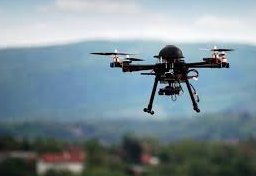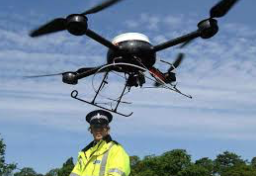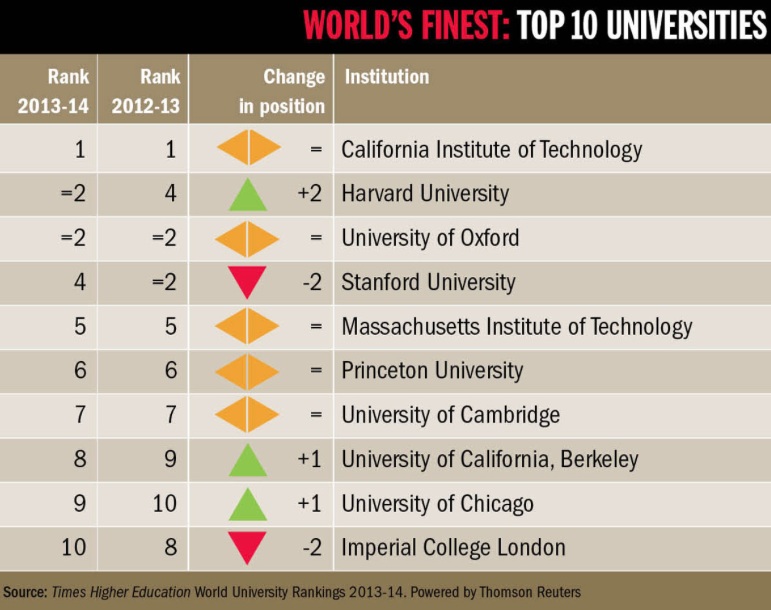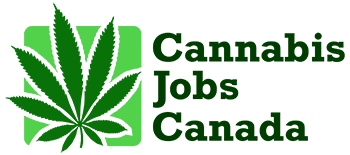UAVs, also known as the Unmanned Aerial Vehicle (UAV) or drones, are being increasingly used in a variety of industries.
 Commercial drones are used responsibly by the majority of their users, most of their applications and users have a positive impact, but their use is not without problems. Knowing that it is possible to use a drone as a mobile “flying camera” to produce images or video footage of the sky, it can also be used to spy on a company or to identify security holes.
Commercial drones are used responsibly by the majority of their users, most of their applications and users have a positive impact, but their use is not without problems. Knowing that it is possible to use a drone as a mobile “flying camera” to produce images or video footage of the sky, it can also be used to spy on a company or to identify security holes.
Likewise, it is possible to use a drone as a mobile and remote delivery tool for illicit products or even to commit an attack. More innocently, but not less dangerously, UAVs can pose a safety risk if they are inadvertently flown in airspace where other aircraft are flying or over people working on the ground. Companies must, therefore, take this new threat into account and put measures in place to monitor UAVs and control them from the field.
A growing risk, involving monitoring UAVs
Last April, the British newspaper “The Guardian” reported a sharp increase in complaints filed with police services about UAVs, including cases of detection for burglary, near-flight collisions and smuggling of illegal products into prisons. With drones on sale for only 35 euros, even if most of them are used for playful purposes, the risk of some of them being misused increases.
One of the critical issues is aviation safety. As reported in August at New York’s JFK airport, a drone was seen within 30 meters of two aircraft arriving at the airport. Between August 2015 and January 216,583 UAV incidents were reported by the FAA (Federal Administration Aviation) between August 2015 and January 216.
Many of these episodes were minor incidents in which pilots or citizens on the ground reported seeing a drone fly in restricted airspace, but not necessarily a danger. However, any risk to aircraft in flight is significant and can lead to a major disaster.
UAV detection, monitoring, and control
 One solution to the problem is to combine network cameras with sensors and analysis software to detect, monitor and control UAVs entering an organization’s airspace.
One solution to the problem is to combine network cameras with sensors and analysis software to detect, monitor and control UAVs entering an organization’s airspace.
A few industry experts have recently developed a platform solution that aggregates sensor data and advanced video analytics algorithms on video sequences from our network cameras that establish a comprehensive detection area, provide visual localization and reduce risk. The solution’s user interface automatically generates visual alerts and notifications, while risk reduction can take many forms, such as UAV radio frequency jamming, laser signal disturbance, anti-drone deployment and fog bombing.
The solution enables the protection of sensitive sites, including 24/7 UAV detection, monitoring, and surveillance, real-time alerting and identification of potential threats, even if they are several hundred meters above ground level.
The threat posed by the development of the use of drones, whether innocent or malicious, is real and growing. From a safety perspective, it is essential that organizations of all types consider and act now on the risks to their businesses, employees, and customers.


 According to Times Higher Education, half of the world’s top 20 “computer sciences” (computer science) universities are American, with Stanford and MIT being the most prominent universities in the world.
According to Times Higher Education, half of the world’s top 20 “computer sciences” (computer science) universities are American, with Stanford and MIT being the most prominent universities in the world. Canadian Prime Minister Justin Trudeau is no stranger to the “boom” of smoking and pot in this country. Indeed, the former Liberal leader of the Liberal Party elected in 2015 as head of government promised to campaign to legalize the recreational use of marijuana from the spring of 2017, when therapeutic use is already authorized. There are less than six months left to prepare for the market opening.
Canadian Prime Minister Justin Trudeau is no stranger to the “boom” of smoking and pot in this country. Indeed, the former Liberal leader of the Liberal Party elected in 2015 as head of government promised to campaign to legalize the recreational use of marijuana from the spring of 2017, when therapeutic use is already authorized. There are less than six months left to prepare for the market opening.